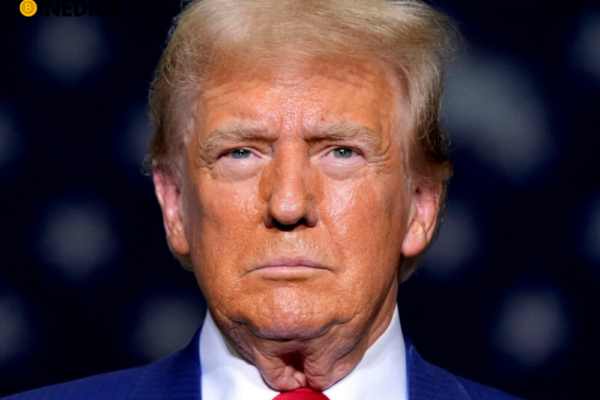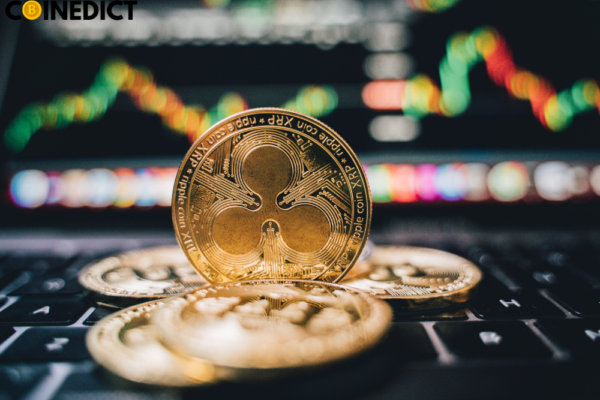
South Korean Police Identify North Korea Behind $1 Billion Ethereum Heist in Landmark Investigation
South Korean police have officially confirmed that North Korea’s military intelligence agency orchestrated a massive Ethereum heist in 2019, marking a significant breakthrough in global cybercrime investigations. The attack, which initially resulted in the theft of 342,000 Ethereum tokens valued at 58 billion won ($41.5 million), has seen the stolen assets skyrocket in value to over 1.4 trillion won ($1 billion), according to the National Police Agency. A Cyberattack With Far-Reaching Implications The stolen tokens were taken from a South Korean cryptocurrency exchange, making this one of the most audacious cyber heists in history. The investigation, conducted in collaboration with the U.S. Federal Bureau of Investigation (FBI), is the first official identification of North Korea as the perpetrator of a cyberattack on a South Korean crypto platform. This revelation underscores the growing use of cryptocurrency theft as a financial strategy by state-sponsored entities. The Role of Lazarus and Andariel Groups The police have attributed the attack to the Lazarus and Andariel hacking groups, both of which are linked to North Korea’s Reconnaissance General Bureau, a military intelligence organization. Lazarus is notorious for a series of high-profile cyberattacks, including the 2014 Sony Pictures hack and the WannaCry ransomware attack in 2017. The group’s association with cryptocurrency theft highlights its evolving tactics to circumvent global sanctions and generate funds for the North Korean regime. Andariel, another subgroup of North Korea’s hacking apparatus, has been similarly active in cyber espionage and financial theft. Together, these groups have honed their expertise in targeting cryptocurrency platforms, exploiting vulnerabilities to siphon off vast sums with little traceability. The Scale of the Heist At the time of the attack in 2019, the stolen Ethereum tokens were valued at $41.5 million, already a significant sum. However, the exponential growth of Ethereum’s market value since then has turned the stolen assets into a billion-dollar trove. This sharp increase in value not only underscores the impact of the theft but also highlights the strategic foresight of the attackers in targeting high-growth digital assets. Global Implications of State-Sponsored Crypto Theft This case sheds light on the broader implications of state-sponsored cybercrime in the cryptocurrency industry. For North Korea, cryptocurrency theft has become a critical means of bypassing international sanctions and funding its military and nuclear programs. The decentralized and pseudonymous nature of cryptocurrency transactions makes them an attractive target for illicit activity, posing significant challenges for regulators and law enforcement agencies. The investigation also illustrates the international nature of cybercrime and the importance of global cooperation. By partnering with the FBI, South Korean authorities were able to trace the origins of the attack and identify the actors involved, setting a precedent for addressing transnational cyber threats. The Need for Strengthened Security in Crypto Exchanges This heist is a stark reminder of the vulnerabilities within the cryptocurrency ecosystem, particularly in exchanges that handle large volumes of digital assets. As hackers grow more sophisticated, exchanges must adopt robust security measures, including multi-signature wallets, cold storage solutions, and regular audits, to safeguard user funds. The case also underscores the need for stronger regulatory frameworks and international cooperation to combat cryptocurrency-related crimes. By increasing transparency, implementing stricter compliance measures, and fostering information sharing, stakeholders can work to mitigate the risks posed by state-sponsored cybercrime. Conclusion The identification of North Korea as the orchestrator of the 2019 Ethereum heist represents a major milestone in global cybercrime investigations. As the stolen funds now exceed $1 billion in value, this case highlights the evolving tactics of state-sponsored hacking groups and the vulnerabilities in the cryptocurrency ecosystem. Moving forward, this landmark investigation underscores the importance of enhanced cybersecurity, regulatory oversight, and international collaboration to address the growing threat of cryptocurrency-related crimes. For South Korea, this revelation serves as both a wake-up call and a call to action in fortifying its defenses against future cyberattacks.

















